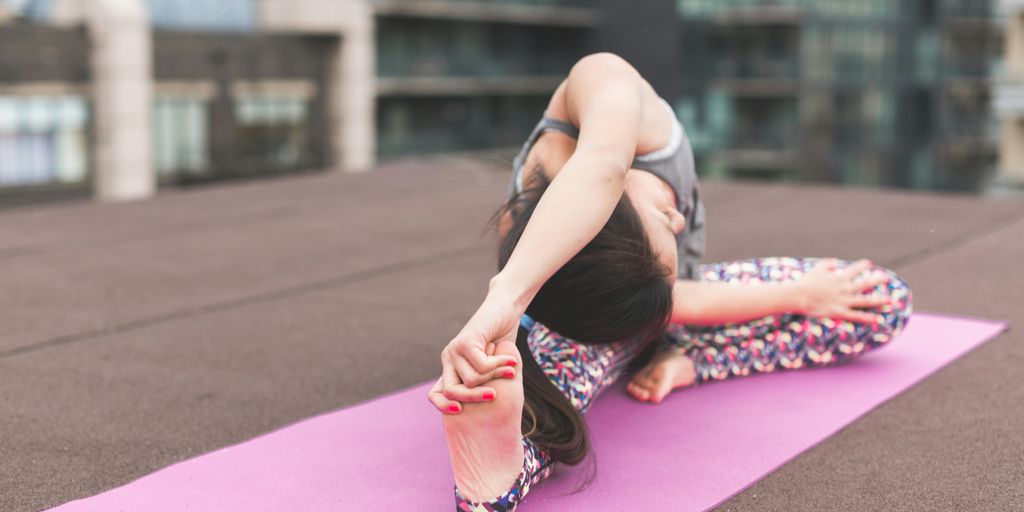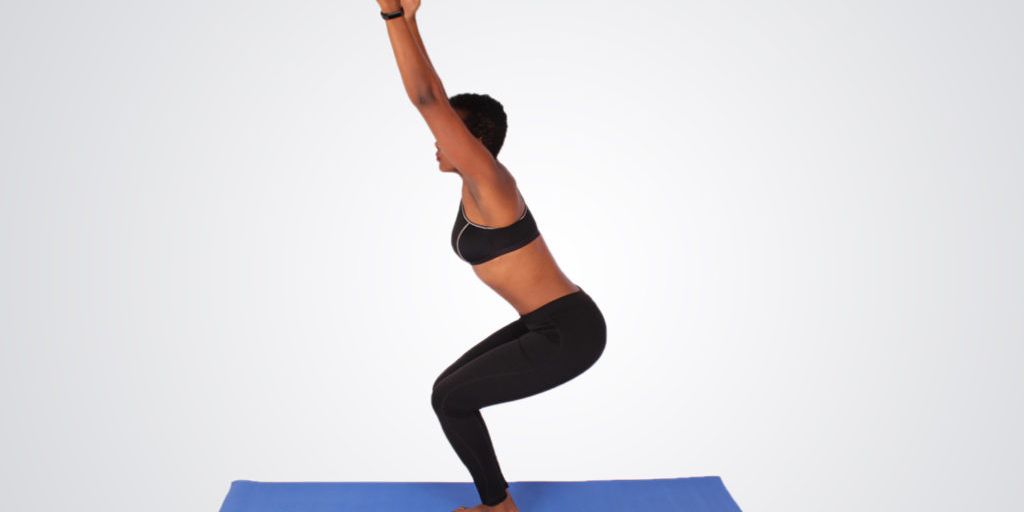
Choosing the Right Yoga Mat Thickness for Your Practice
Choosing the right yoga mat thickness is crucial for enhancing your practice and ensuring comfort and stability. With various options available, understanding the benefits and considerations of different thicknesses can help you make an informed decision that suits your yoga style and personal needs.
Key Takeaways
- Yoga mat thickness impacts comfort, stability, and joint support.
- Thin mats (1-3mm) are ideal for stability and balance-focused practices like Vinyasa and Power Yoga.
- Medium mats (4-6mm) offer versatility, providing a balance between comfort and stability for various yoga styles.
- Thick mats (7mm and above) provide extra cushioning, making them suitable for restorative practices and individuals with sensitive joints.
- Material choice affects the mat's durability, grip, and eco-friendliness, influencing overall performance.
Understanding Yoga Mat Thickness
Choosing the right yoga mat thickness is crucial for enhancing your practice and ensuring comfort. Yoga mats are typically measured in the metric system of millimeters, otherwise known as 'mm.' This tells us how thin or thick a mat is. Understanding these measurements can help you make an informed decision.
Benefits of Different Yoga Mat Thicknesses
Thin Mats for Stability
Thin mats, typically around 1/16 to 1/8 inch thick, are ideal for practices that require a strong connection to the ground. These mats offer excellent stability, making them perfect for balance poses and standing postures. They are also lightweight and easy to carry, which is a bonus for yogis on the go.
Medium Mats for Versatility
Medium mats, usually 1/8 to 1/4 inch thick, strike a balance between comfort and stability. They provide enough cushioning for most poses while still allowing for a good grounding experience. This makes them a versatile choice for a variety of yoga styles, from Vinyasa to Hatha.
Thick Mats for Comfort
Thick mats, ranging from 1/4 to 1/2 inch, are designed for maximum comfort. They offer superior cushioning, which is beneficial for seated and supine poses. These mats are particularly useful for practices that involve a lot of floor work, such as Yin or Restorative yoga.
When choosing a yoga mat, consider the type of practice you engage in most frequently. Different thicknesses offer distinct benefits, such as increased cushioning for joints or better stability for balance poses.
Choosing Based on Yoga Style
Vinyasa and Power Yoga
For dynamic practices like Vinyasa and Power Yoga, a thinner mat is often preferred. These styles involve a lot of movement and transitions, so stability is crucial. A mat in the range of 3mm to 5mm provides the right balance of support and portability.
Yin and Restorative Yoga
Yin and Restorative Yoga require long holds and deep stretches. A thicker mat, around 6mm to 10mm, offers the cushioning needed for comfort during these extended periods. This extra thickness helps in protecting sensitive areas and provides a more comfortable base.
Hot Yoga Considerations
Hot Yoga practitioners often face the challenge of slippery mats due to sweat. A medium-thickness mat, typically 4mm to 6mm, with a good grip is ideal. This thickness offers a balance between comfort and stability, ensuring you can maintain poses without slipping.
Choosing the right mat thickness can significantly enhance your yoga practice, providing the necessary support and comfort tailored to your specific style.
Impact on Joint Health
Support for Knees and Wrists
When practicing yoga, support for knees and wrists is crucial. The right mat thickness can provide the necessary cushioning to prevent discomfort and potential injury. For those with sensitive joints, a thicker mat can offer better protection and comfort.
Spinal Alignment
Maintaining proper spinal alignment is essential during yoga practice. A mat that is too thin may not provide adequate support, leading to strain on the spine. Conversely, a mat that is too thick might cause instability. Finding the right balance is key to ensuring a safe and effective practice.
Cushioning for Sensitive Areas
Certain yoga poses put pressure on sensitive areas of the body, such as the hips and elbows. A mat with appropriate thickness can help cushion these areas, making the practice more comfortable. When choosing the right thickness, consider factors like body weight, yoga style, and environment to ensure optimal comfort and support.
Remember, the right yoga mat thickness can significantly impact your joint health and overall practice experience.
Portability and Storage
Travel-Friendly Options
When you're on the go, choosing the right thickness for your yoga mat is crucial. Thin mats are often more portable and can easily fit into a suitcase or backpack. They are lightweight and convenient for travel, but may lack the cushioning needed for longer sessions.
Home Practice Considerations
For home practice, you might prioritize comfort over portability. Standard thickness mats offer a balance between cushioning and stability, making them ideal for various types of yoga. Consider the material and durability of the mat, as these factors can affect its longevity and performance.
Storage Solutions
Proper storage can extend the life of your yoga mat. Roll your mat up tightly and store it in a cool, dry place. Some mats come with straps or bags for easier storage and transport. If space is an issue, wall-mounted racks or under-bed storage options can be very effective.
When choosing the right thickness for your yoga mat: consider material, durability, grip, and portability. Standard thickness offers balance, thin mats are portable, thick mats provide cushioning and support.
Material Considerations
Eco-Friendly Materials
When choosing a yoga mat, it's essential to consider the environmental impact. The original and most common type of material used in yoga mats is P.V.C. It's a hydrocarbon product, aka plastic, and when turned into a yoga mat, the environmental footprint can be significant. Eco-friendly alternatives include natural rubber, jute, and organic cotton, which are biodegradable and sustainable.
Durability and Longevity
The durability of a yoga mat largely depends on the material. P.V.C. mats are known for their longevity, often lasting several years with proper care. On the other hand, mats made from natural materials like rubber or jute may wear out faster but offer a more environmentally friendly option. It's a trade-off between sustainability and durability.
Texture and Grip
The texture of a yoga mat affects its grip and your overall practice experience. P.V.C. mats typically have a smooth texture, providing a sticky grip that helps in maintaining poses. Natural rubber mats offer a more textured surface, which can enhance grip, especially during sweaty sessions. Consider your practice style and personal preference when selecting the texture and grip of your mat.
Choosing the right material for your yoga mat is a balance between environmental impact, durability, and personal comfort. Make an informed decision to enhance your practice and support sustainability.
When selecting the perfect yoga mat, it's essential to consider the material for both comfort and sustainability. At Yune Yoga, we offer a variety of mats made from natural rubber, eco-friendly materials, and more. Explore our collection to find the ideal mat that suits your practice and values.
Conclusion
Choosing the right yoga mat thickness is essential for enhancing your practice and ensuring comfort and stability. Whether you prefer a thin mat for better balance and portability, a medium-thickness mat for a balance of comfort and support, or a thick mat for extra cushioning, understanding your personal needs and the type of yoga you practice will guide your decision. Remember to consider factors such as material, texture, and durability as well. By taking the time to select the right mat, you can improve your overall yoga experience and achieve greater satisfaction in your practice.
Frequently Asked Questions
What thickness of yoga mat is best for beginners?
For beginners, a medium-thickness mat (about 4-6mm) is generally recommended as it offers a balance of stability and comfort.
Can a thick yoga mat help with joint pain?
Yes, a thicker yoga mat can provide extra cushioning, which may help alleviate joint pain, especially in the knees and wrists.
Is a thin yoga mat suitable for all types of yoga?
A thin mat is ideal for styles that require more stability and balance, like Vinyasa or Power Yoga, but may not be as comfortable for Yin or Restorative Yoga.
How do I clean and maintain my yoga mat?
Most yoga mats can be cleaned with a mild soap and water solution. Be sure to check the manufacturer’s instructions for specific care guidelines.
Are eco-friendly yoga mats durable?
Eco-friendly yoga mats made from materials like natural rubber or jute are generally durable, but their longevity can vary based on usage and care.
What should I consider when choosing a yoga mat for travel?
When choosing a yoga mat for travel, look for lightweight and foldable options that are easy to pack and carry.


